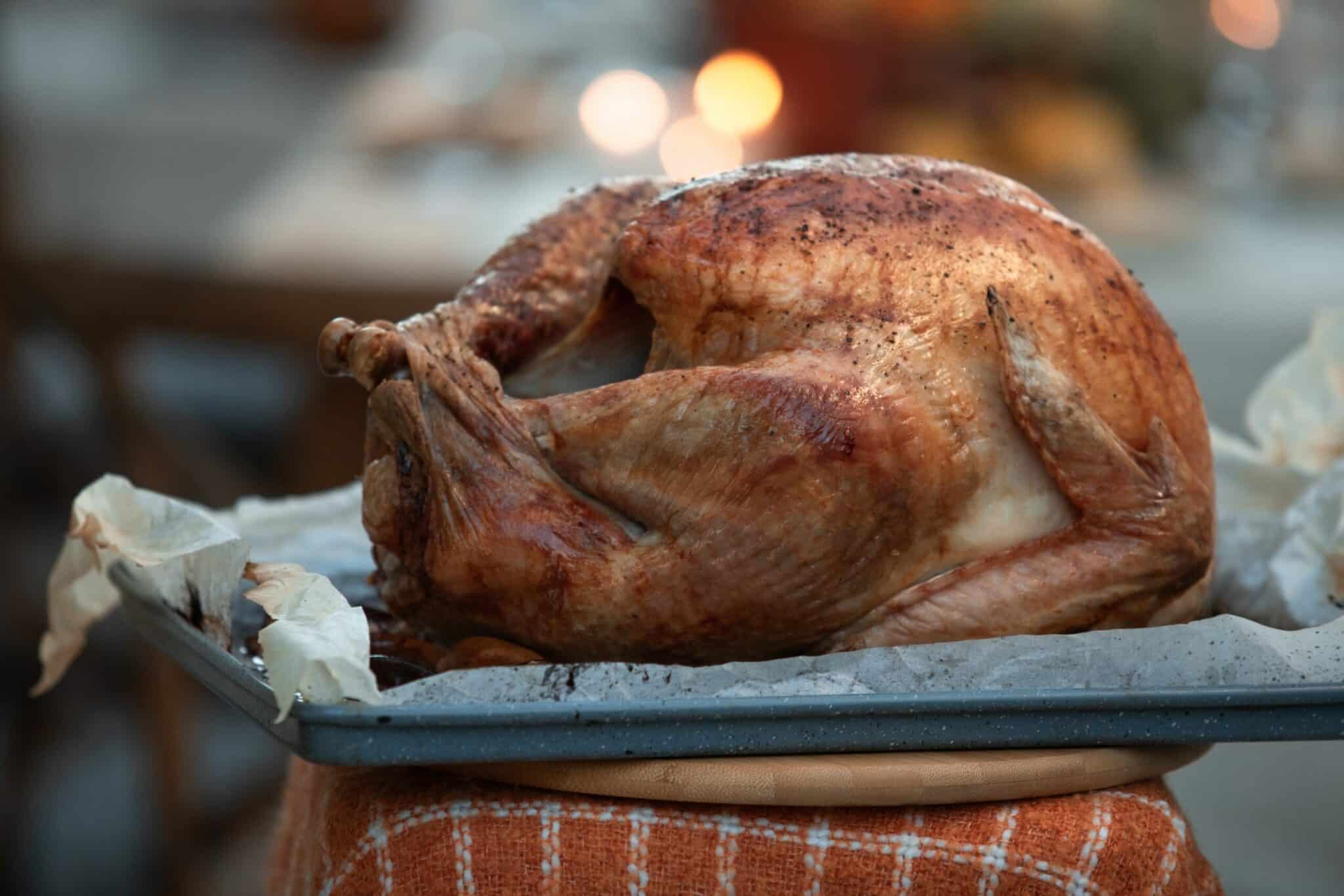We always come across the idea to brine a turkey, and many of us have done it for years. But some who feel it’s too much work haven’t been interested in it. But what if, for some reason, you discover how great-tasting brined turkey is and decide to make some? But then, you discover you’re not sure if it works the same way as regular, unbrined ones. But brined turkey isn’t as tasking, and learning about it helps clear the doubts surrounding its preparation.
What is brining a Turkey?
Brining is a process that extends to all types of lean meat and involves manipulating the meat to soften to absorb flavor and retain moisture. And since turkey meat is known to be very lean, infusing moisture is essential; otherwise, it would result in a dry bite. So, the salt pulls out the meat’s natural moisture, mixes with it, and is reabsorbed by the tissues. The solution then breaks down the tissue proteins such that the meat won’t squeeze out fluid when cooking.
Bringing methods
To brine turkey, salt is forced into the meat by two means; dry brine or wet brine. The dry brine involves rubbing salt on the bird’s surface without adding extra moisture. For best results, the turkey is left in the fridge for four days, covered for the first two, and uncovered for the rest. But while the dry brine takes long to accomplish, it’s less messy, uses fewer materials, and gives a crisp skin.
However, the wet brine involves soaking it in a mixture of salt and water. The water and salt mixture is first heated (though sometimes, this isn’t necessary), then left to cool, and the turkey is dunked in to soak for 24 hours. While it sits in the solution, the meat absorbs the brine, breaking down its muscles. Wet brining is faster than dry but is also cumbersome and takes space.
The seasonings, herbs, and aromatics needed to flavor the turkey can be added to the salt before bringing. And it’s why the process is also renowned for infusing flavor to the bird.
View this post on Instagram
Why Brine a Turkey?
While most store-bought turkeys are moist enough and may not need brining, the reverse is the case with heritage birds. These breeds have leaner meat than the typical types we buy at grocery stores. Wild turkeys also share this feature due to their highly active lifestyle. Plus, even with store-bought types, you may want to cover the possible moisture loss by increasing it yourself. That way, when the bird fully roasts, you’re sure it won’t come out dry.
Cooking time for brined Turkey
If you’ve been used to cooking unbrined turkey, then it helps to know that things have changed. And it’s because the moisture content of brined turkeys is higher, and the meat has been softened due to the salt’s reaction with its muscles. As such, brined turkeys will cook faster than unbrined ones, so this factor must be considered before setting the timer.
So, as a rule, it’s advised that you cook the turkey at around five to six minutes lesser than expected for unbrined ones. For instance, a brined turkey will cook at 12 minutes per pound in a 350F oven.
View this post on Instagram
More Tips
- Use non-corrosive containers like glass, stainless steel, or food-grade plastic for your wet brines.
- Wet brine uses one cup of salt per gallon of water, so keep this in mind when measuring for your turkey.
- The bird should be fully submerged in wet brines for the best results.
- Birds less than 18 pounds can dry-brine for three days, but above the size needs the full four days.
- Consider a deep-bottomed container for wet brine so that the turkey can be fully submerged. And you can consider a more fantastic, large pot, or purchase a bringing bag for this purpose.
- Large grain salts like kosher and sea salt work best for brines. But if you’re using salt with more refined grains, measure half of what’s called.
- You can also let your wet-brined turkey air-dry for 24 hours or pat it with paper towels so the skin turns crisp when it roasts.
Roasted brined turley (10 servings)
Ingredients
- One whole turkey, 15 pounds, thawed, innards removed
- Two gallons water, icy cold
- Four cups brown sugar
- One cup kosher salt
- Half cup dried rosemary
- Four tablespoons unsalted butter
- Two tablespoons black peppercorns
- Six bay leaves
- Three garlic cloves, peeled
- One carrot, chunked
- One onion, quartered
- One celery stick, chunked
Instructions
- Dissolve the salt in the water and salt, spices, and sugar. Then, stir until the sugar also dissolves and completely submerge the turkey in the solution. Cover the container and keep it in the fridge for 24 hours, below 40F.
- Prepare the oven to preheat to 325F. Next, take the turkey out, discard the brine, then pat the insides, skin dry, and coat with the butter.
- Stuff the carrot, onion, and celery in the cavity, and roast the turkey with the breast side down for two hours. Baste the legs and back with butter every 40 minutes during that time.
- Turn the turkey breast side up and keep roasting, basting it twice the pan dripping until it hits 165F. Remember, the turkey is brined, so watch the temperature to avoid overcooking it. Take the turkey out and stand for 20 minutes before carving when it’s ready.
Also, click on this video if you want more ideas.

